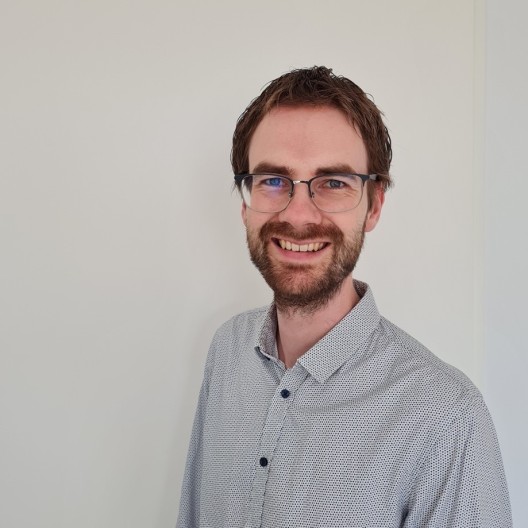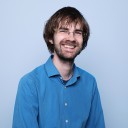A single tweet and the rest is “history”. Max Kemman saw a call for a PhD student in a tweet from Andreas Fickers and decided to leave an environment where the approach was “we’ve done things successfully this way for 30 years” and head to the University of Luxembourg, where there was an opportunity to become a pioneer in both research and innovating history by helping to build a brand new digital history centre.
Was leaping into the unknown the right move? Read more below about one of the C²DH’s first alumni.
Were you aware of the C²DH before you joined the centre? How did what you had heard play a role in you deciding to come?
The C²DH did not yet exist when I started my PhD; it was launched around halfway through my doctoral studies. My reason for coming to Luxembourg however was Prof. Andreas Fickers, the Director of the C²DH. His ambitions for digital history and for PhD research on digital history were closely aligned with my interests.
As you were one of the first PhD students at the C²DH, what are your memories of those early C²DH days?
It was of course very exciting to be part of something so new. In preparation for the launch of the C²DH, Andreas and I visited a number of digital humanities centres in the US – I have described these visits in a blog post. The University’s move to Belval also meant that we could design the Digital History Lab and consider what we wanted to achieve with this lab.
What opportunities were opened up to you at the centre?
Since the Digital History Lab and the C²DH did not yet exist, I had the opportunity to be involved in the design phase. It was incredibly interesting to be able to provide input and see how we wanted to create a space for digital history in Luxembourg. I was also able to use these experiences for my PhD research, which focused on how digital history is enacted. I ended up writing a chapter about the history of the C²DH in my book.
What was your best moment at the C²DH?
I would have to say the defence of my PhD. I don’t mean of course that the best moment was when I could leave the C²DH! But it was a great moment to finally finish my PhD, discuss my results and conclusions with the committee, and celebrate that I had successfully completed my thesis.
What have you been up to since you graduated and how have the skills you acquired at the C²DH helped you?
After my PhD my family and I moved back to the Netherlands. I now work at Dialogic, a research consultancy firm. At the C²DH I learned to be an independent researcher and thinker and I learned a lot about practical and political discussions on research policy and the digitalisation of higher education. I now use these skills as I conduct policy-informing research on these topics. I had not anticipated that my PhD thesis on the effects of digital history on the practices of historians would have much impact beyond scholarly debates and pedagogy in digital history, but it helped me write a report earlier this year on the impact of digitalisation on the work of scholars and scientists in the Netherlands.
What do you miss most about Luxembourg?
The surroundings. I lived in Belgium near Virton and the trip from there to Belval was beautiful.
Tell us one thing that most people don’t know about you
A fun side effect of working in Luxembourg and living in Belgium, coming from the Netherlands, is that all three of my children were born in different countries (the eldest in Luxembourg, the second in Belgium and the third in the Netherlands after my PhD). A less fun side effect is that I had to fill out three tax returns in the first and last years to cover each country!
Interview by Andy Adams, Alumni Relations Senior Specialist at the University of Luxembourg, in cooperation with Isabelle Voegeli, Outreach Communication Officer.





